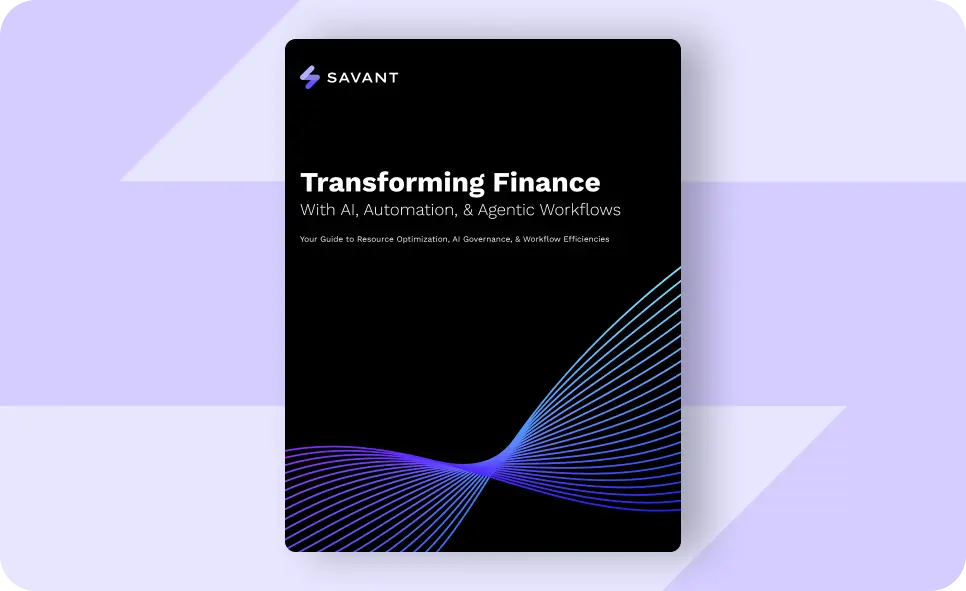What Is Data Lineage?
Data Lineage describes the life cycle of data, where it originates, how it moves through systems, and how it transforms over time. It provides visibility into the data flow from source to destination. Understanding data lineage is crucial for organizations to ensure the accuracy, reliability, and accessibility of their data.
Data Lineage can be represented visually in a flow diagram or chart that shows the path of data from its origin to its final destination. This includes all the processes and transformations it goes through along the way. Data lineage helps identify dependencies between different pieces of data and enables tracking changes made to it.
Importance of Data Lineage
Having a clear understanding of your data lineage has many benefits for any organization:
- Ensures data integrity: By tracing data back to its source, organizations can ensure that the information they use is accurate and reliable. This is especially important when dealing with sensitive or critical data, such as financial or healthcare data.
- Enables compliance: Data lineage is essential for meeting regulatory requirements and maintaining compliance. It allows organizations to track data changes, identify potential risks, and ensure proper governance.
- Facilitates troubleshooting: In case of any issues with the data, having a clear understanding of its lineage can help troubleshoot problems quickly. By tracing back the changes made to the data, organizations can identify where errors occurred and correct them efficiently.
- Supports decision-making: Understanding data lineage provides organizations with insights into how their data is collected, processed, and used. This information helps in making informed decisions about data management strategies and investments.
- Improves efficiency: With a clear understanding of data lineage, organizations can improve their processes and reduce redundancies. This leads to increased efficiency and productivity.
- Facilitates compliance: In industries where regulations and standards are strict, having a well-documented data lineage is crucial for demonstrating compliance. It allows organizations to provide evidence of how data was collected, stored, and handled in case of an audit or investigation.
- Enables data governance: Data lineage plays a significant role in establishing effective data governance practices. It helps ensure that the right people have access to the right data at the right time while maintaining its integrity and quality.

